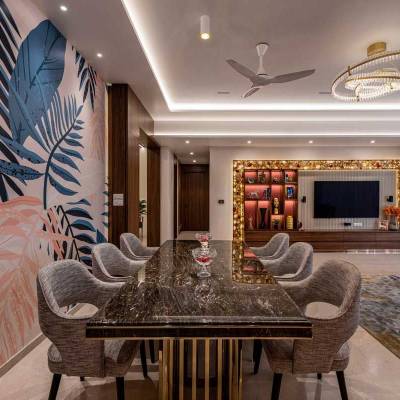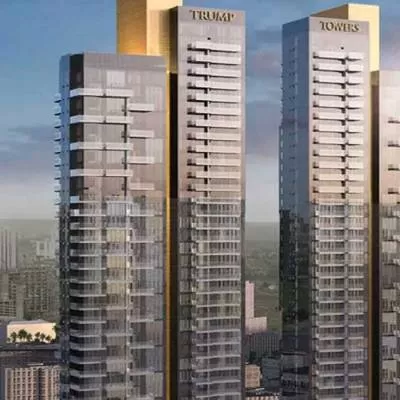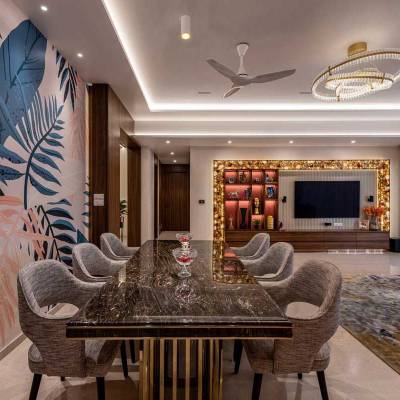Designing Affordable Spaces
01 Feb 2020
6 Min Read
Editorial Team
GAURAV SANGHAVI shares how one can design affordable spaces with maximum efficiency.The term ‘affordable housing’ instantly makes one think of inferior quality, bland-looking construction with no soul. Fortunately, changing times have introduced visionary ar...
Read full article
Try CW Gold Subscription at 167/Month
CW Gold Benefits
- Weekly Industry Updates
- Industry Feature Stories
- Premium Newsletter Access
- Building Material Prices (weekly) + trends/analysis
- Best Stories from our sister publications - Indian Cement Review, Equipment India, Infrastructure Today
- Sector focused Research Reports
- Sector Wise Updates (infrastructure, cement, equipment & construction) + trend analysis
- Exclusive text & video interviews
- Digital Delivery
- Financial Data for publically listed companies + Analysis
- Preconceptual Projects in the pipeline PAN India




















